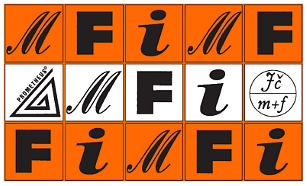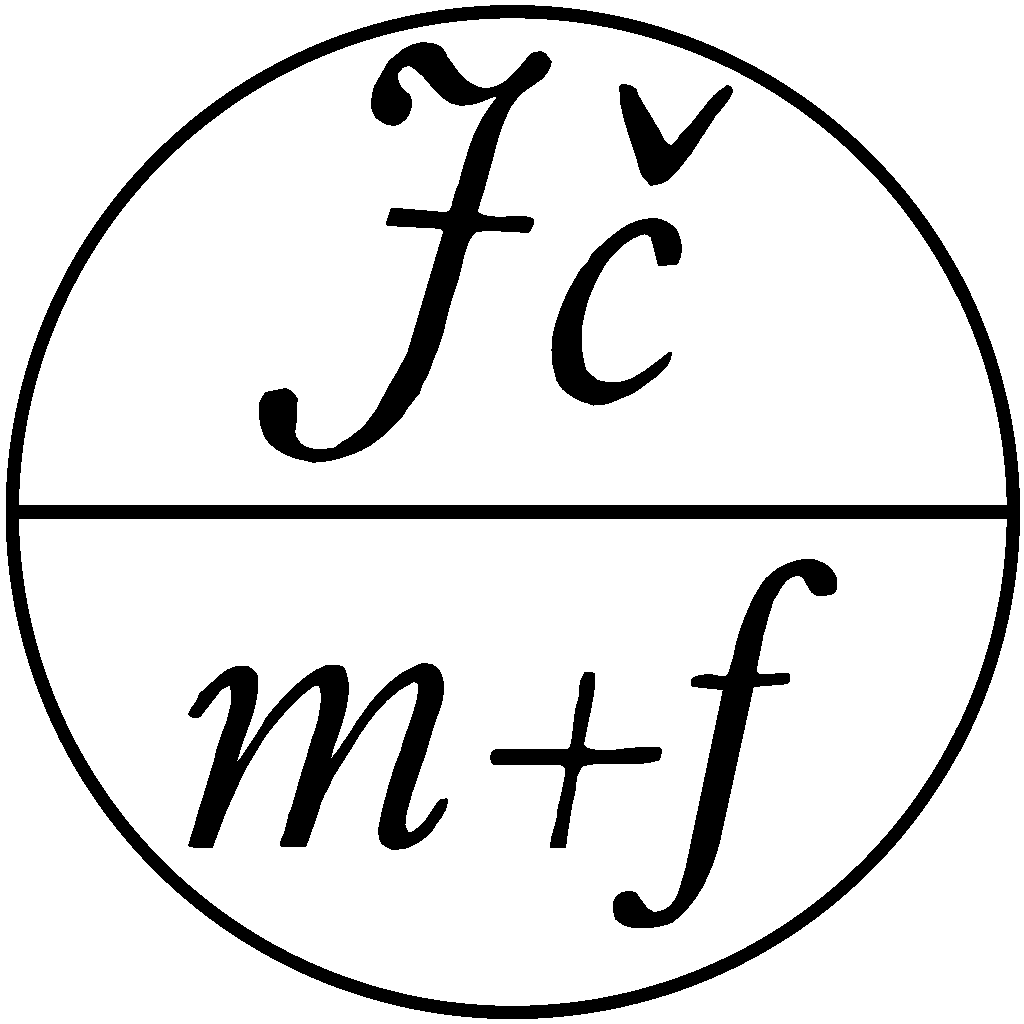3D modelling in OpenSCAD
Abstract
Especially due to the massive expansion of 3D printing technology, it is directly proposed to include the basics of 3D modelling in the curriculum. Secondary school students, especially With relatively modest knowledge, students of secondary schools, especially those with a more technical focus, can carry out their own design of various components and thus better understand the technical principles of construction. In addition, parametric 3D modelling enables pupils to learn the simple basics of programming. In primary schools, it can help develop spatial imagination or serve to demonstrate various mathematical concepts such as geometric shapes, geometric transformations and set operations. In OpenSCAD, we model using a simple programming language (also called OpenSCAD) to describe the process of constructing the resulting object. This gives the designer more control over the object being modelled and allows him to easily change any part of the design. In particular, this makes OpenSCAD a popular choice for designing 3D objects for 3D printing.
Downloads
Published
How to Cite
Issue
Section
License
Copyright (c) 2023 MATHEMATICS–PHYSICS–INFORMATICS

This work is licensed under a Creative Commons Attribution 4.0 International License.
Autoři, kteří publikují v tomto časopise, souhlasí s následujícími body:
- Autoři si ponechávají copyright a garantují časopisu právo prvního publikování, přitom je práce zároveň licencována pod Creative Commons Attribution licencí, která umožňuje ostatním sdílet tuto práci s tím, že přiznají jejího autora a první publikování v tomto časopisu.
- Autoři mohou vstupovat do dalších samostatných smluvních dohod pro neexkluzivní šíření práce ve verzi, ve které byla publikována v časopise (například publikovat ji v knize), avšak s tím, že přiznají její první publikování v tomto časopisu.

Obsah časopisu podléhá licenci Creative Commons Uveďte autora 3.0 Česko








